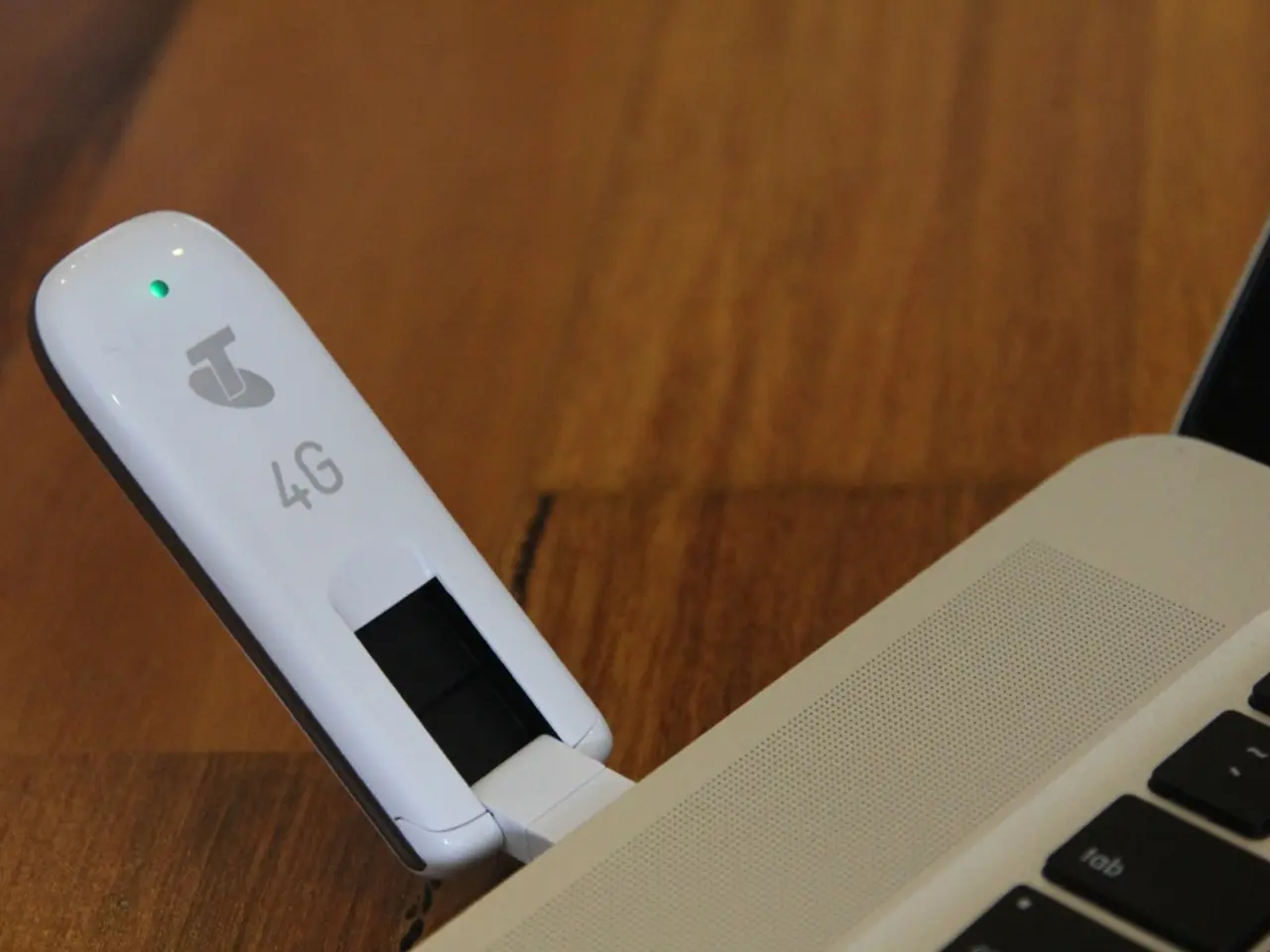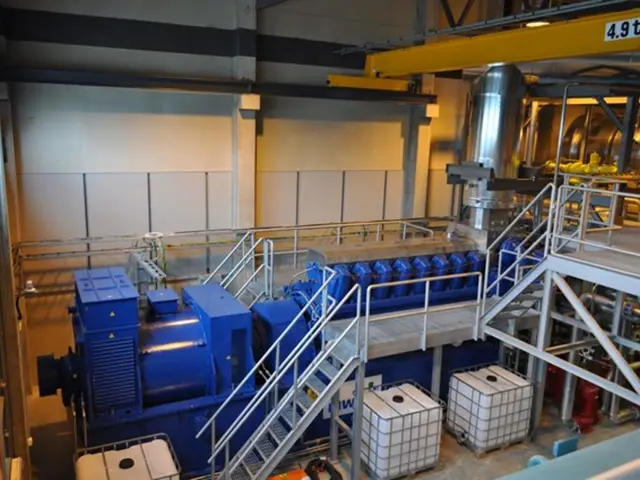Threats from ransomware looming over Operational Technology systems: The importance of safeguarding vital infrastructure in the year 2025
In a worrying trend, ransomware groups are increasingly targeting Operational Technology (OT) systems, which control industrial processes, critical infrastructure, and manufacturing plants. These systems, once isolated from IT networks, have become high-value targets due to digital transformation and the convergence of IT and OT.
The infiltration of OT systems can occur through various means, including compromised remote access, spear phishing and social engineering, supply chain attacks, misconfigured firewalls or segmentation. To mitigate these risks, it's crucial to align OT security programs with established frameworks such as the NIST Cybersecurity Framework (CSF), ISA/IEC 62443 Industrial Automation and Control Systems Security, and CISA's Ransomware Guidance for Critical Infrastructure.
One of the most effective defenses against ransomware is multi-factor authentication (MFA) and robust password policies. Enforcing these across all accounts, especially those with remote access, can significantly reduce the risk of a successful attack.
Unlike IT systems that can often be rebuilt from backups, OT systems may require specialized hardware, processes, and lengthy downtime to recover. This increased complexity makes a ransomware attack on OT systems particularly damaging.
To prepare for the future of ransomware in OT systems, organizations should expect increased targeting of industrial IoT devices, cloud-based control systems, and AI-driven operations. Proactive defense and layered security will be essential to resilience.
Many OT environments were designed with safety and reliability in mind, not social security, leading to limited cybersecurity controls. This, combined with the fact that OT systems often run outdated software that cannot be easily patched, makes them vulnerable to ransomware attacks.
Best practices to defend OT systems against ransomware include network segmentation, backup and recovery, and implementing strong access controls and security protocols. Employee awareness and training are also crucial, with staff educated about phishing, social engineering, and ransomware indicators, and encouraged to report suspicious activity immediately.
Organizations should leverage public and private sources to stay current with evolving ransomware campaigns. Resources like CyberCrimeReport.org provide timely intelligence on emerging threats targeting critical infrastructure. Intrusion detection systems designed for industrial control environments should also be deployed to monitor for unusual behavior across endpoints and network traffic.
If ransomware interferes with industrial control systems or SCADA systems, it can endanger employees, customers, and the public. This was evident in several high-profile attacks, such as the one on the Colonial Pipeline in 2021, a European Manufacturing Plant in 2023, and a Municipal Water Treatment Facility in 2024. The latter attack, attributed to Russian hacktivists in Muleshoe, Texas, underscores the global nature of this threat.
Organizations in energy, transportation, and healthcare face strict regulations, and a ransomware breach may result in penalties, lawsuits, and reputational harm. As such, it's essential for these organizations to prioritize cybersecurity and implement best practices to protect their OT systems from ransomware attacks.
Read also:
- Federal solar energy initiatives among Wyoming's tribal communities face varying outcomes following the Trump Administration's withdrawal of funding.
- Construction fleet and urban transport emissions could see a significant reduction with the implementation of biogas as a game-changing solution.
- Fortunately illuminated African mining and port operations now have a potential guard against frequent power outages, with the introduction of a $287,000 network center.
- Strategies to Minimize App Shopping Cart Abandonment: 12 Tried-and-True Methods to Secure the Purchase








